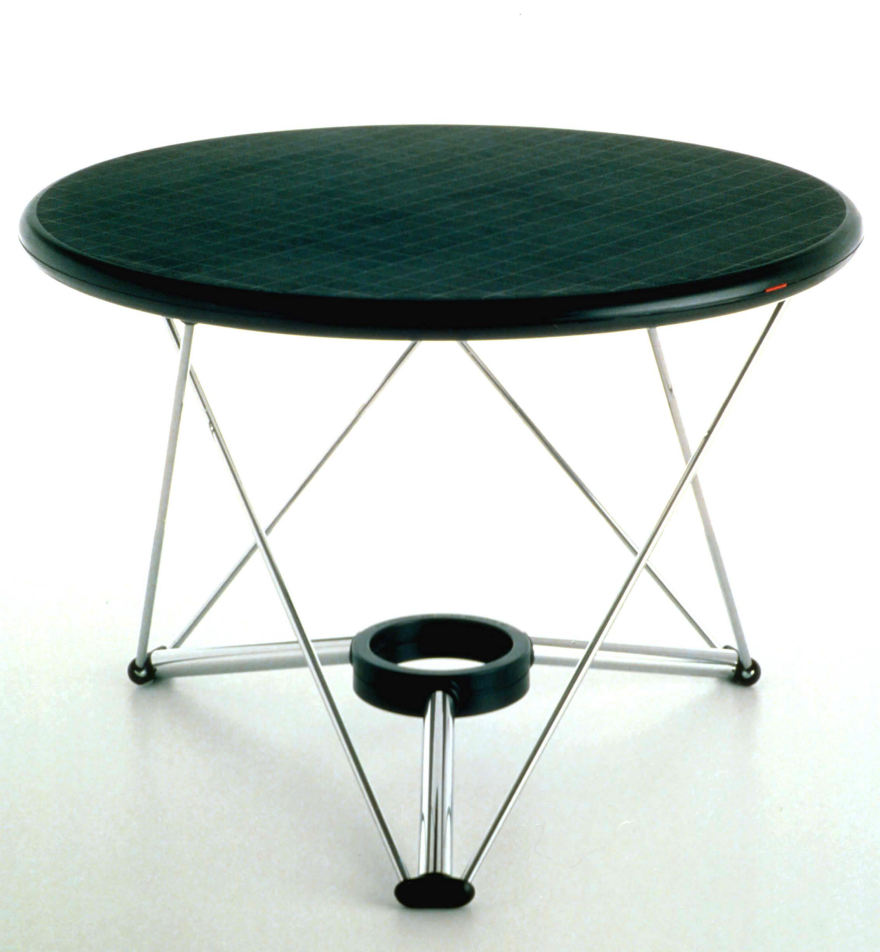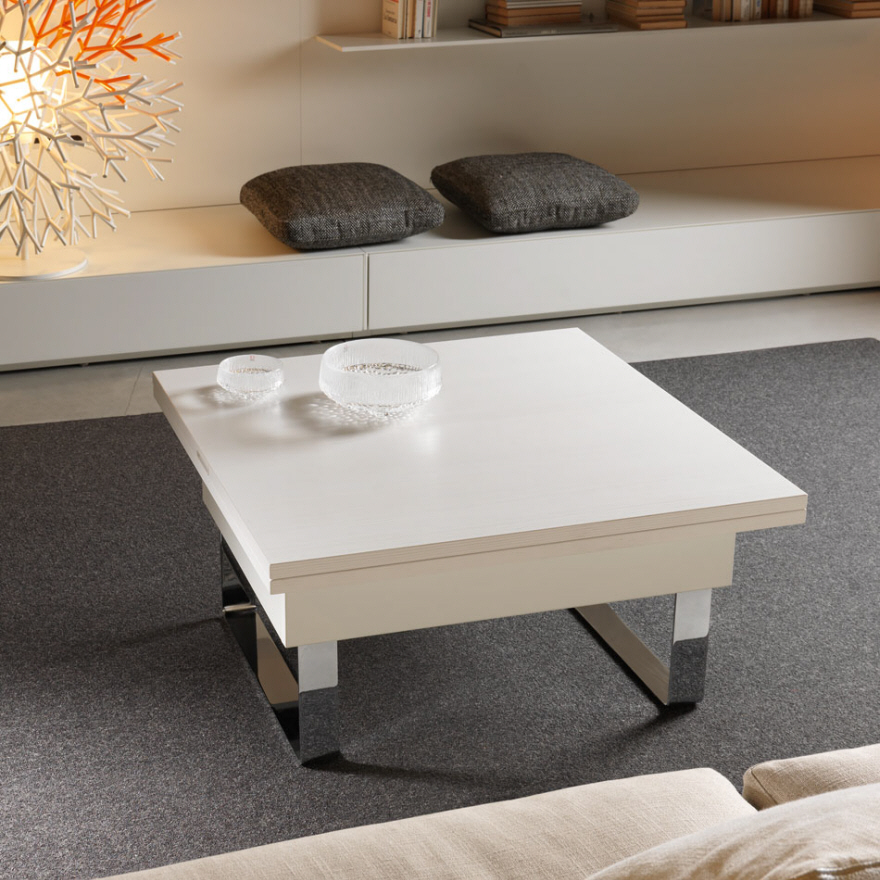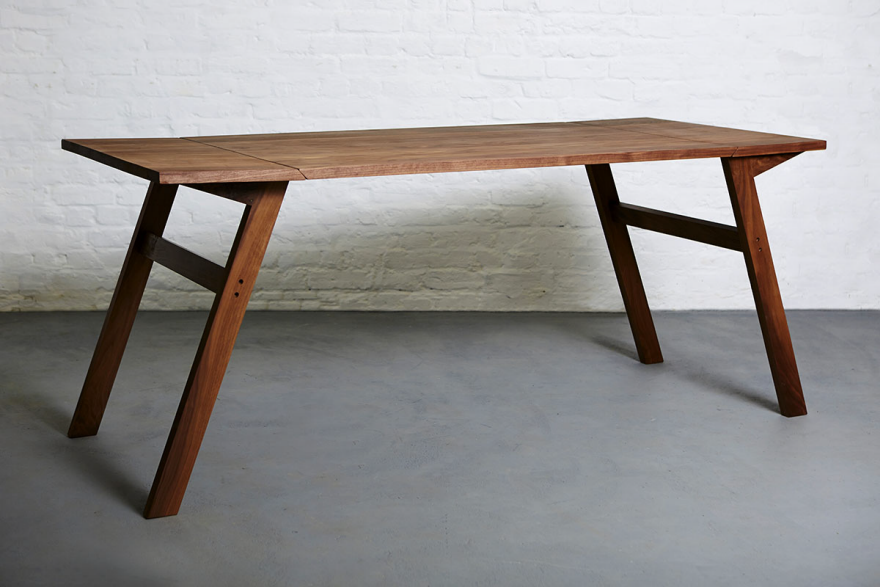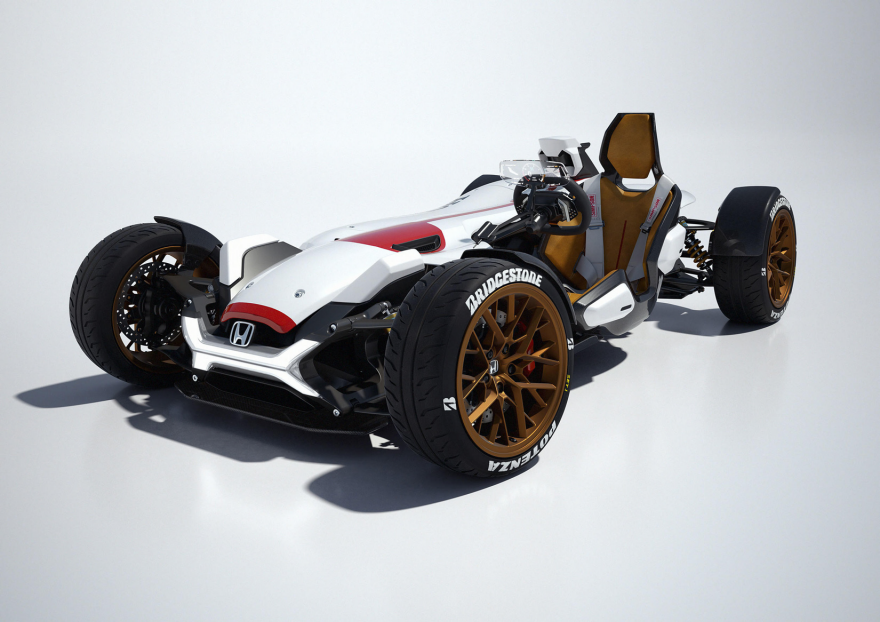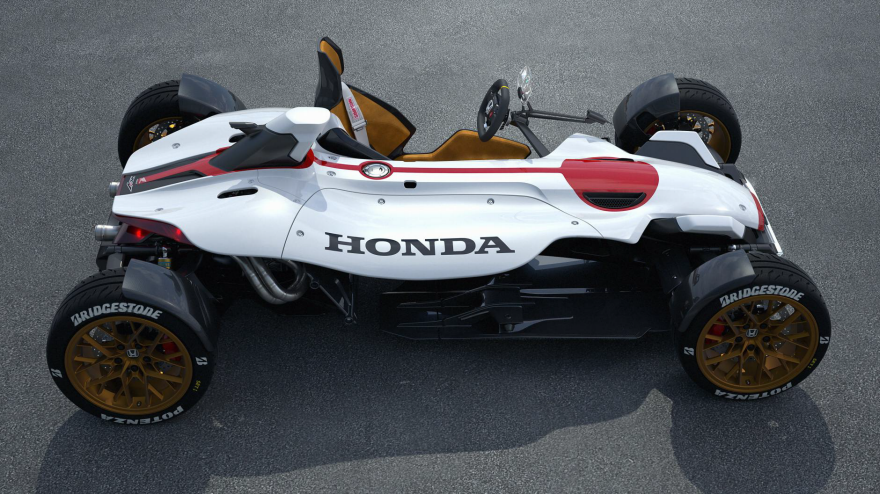Hey, long time no see. I'm back. Not from São Paulo anymore but straight from San Francisco, my new home. Just to remind you of what we were discussing before I took this long, but not unjustified, break: the complex and intricate world of service, and how design fits in.
The reason why my column went silent was because I've launched two books on the subject ever since, the latter one is a free e-book about service design and lean startups called, "Breaking Free from the Lean Startup Religion: The Service Designer Manifesto." It's becoming a religion, so I've decided to play exorcist and release this one for free, you can download it here. During this time I've also coordinated global research on service innovation spanning six different countries. The goal was to assess and measure the consumers' journey performance and innovative potential on services people use to live their everyday lives. The report is out an you can get it here as well.
Service Design for SMBs
I've been focused on the intersection between service design and entrepreneurship. When you look at the full spectrum of how design thinking is being practiced around the world it is not difficult to realize that the expression "design for all," when it comes to the application of design thinking to services, couldn't be further from being truth. Approximately 99% of the world's service businesses are SMBs— small and medium sized businesses. There are 33 SMBs for every 1000 inhabitants walking on planet Earth. However, the commercial service design practice remains tailored to large enterprises.
The service design practice has been, for over 20 years now, largely out of reach for SMBs like retailers, franchisees, startups, family-owned businesses and the like. And it's not that they don't need it. It's just that there is zero interface for them to get it.
The current model of engagement for design consultancy firms was first designed back in the '80s (and arguably back in the '40s with the Eames and the like) to tap into huge communication and R&D budgets at large enterprises. This, combined with the way design projects are paced, is enough to turn design thinking into a misfit for most small businesses, like the ones you interact with every day in order to live your life.
Ok, so let's move the elephant a bit. You may be wondering, why I this article is titled, "The Design Agency Is (Walking) Dead." What gave me this idea?
I'll start with the simple version of the answer: I've been there.
For the last five years I've dedicated myself to introducing and developing the market for design thinking and service design in Brazil. Two years ago, while writing "The Service Startup: Design Thinking gets Lean," I started to sense something was changing regarding a project's sales cycles (the time between the first meeting and deal closure). Cycles were getting fat. This was becoming a general concern—friends working at other firms were also starting to notice it.
So I went on to investigate.
What I've discovered surprised me to the point that I wrote about it in a chapter of the book (even though the book was about entrepreneurship, not design firms). These are facts drawn from personal experience, market research and conversations with clients and designers. Some of these designers work for global design firms, others own small to medium-sized studio shops. I believe all design firms in the end are very tiny and fragile organisms. Hence the importance of this article: If design firms choose to continue moving in the same direction they used to over the last two decades, they will be extinct soon.
The perspectives discussed here are not related specifically to a design firm, design specialization or even to a local market. They represent global forces that are sweeping the market for design consultancies. Some were already deeply felt and as a designer/reader you will be able to relate to it. Others are building up their strength. But if you are a player in this market, my guess is that these remarks may deeply affect decisions in your career and business strategy. Well, it certainly affected mine.
I will start with M&As.
For the fourth year in a row the top management consultancy firms keep devouring design firms. Accenture bought Fjord, McKinsey bought Lunar, Deloitte devoured Doblin, 2nd Road, Ubermind, Flow Interactive, Aqua Media, Banyan Branch, just to name a few. Deloitte seems to be on a strike.
I stopped counting after the 24th design firm acquisition but I'm sure there have been many more. These mergers and acquisitions increase the difficulty for a design firm to pitch and win a project for Fortune 500 organizations. I'll explain.
We used to come in with a very valuable unique selling proposition: "Hey, we do things differently from the management consultancy dinosaurs you are used to."
Well guess what: we don't anymore.
Some friends argue, "McKinsey will never design like a design firm." And I agree, they probably never will. The design work done by such firms is remarkable and can't be topped by a traditional management consultancy firm no matter who the consultancy acquires. The reason? Those management firms carry deep cultural issues regarding creativity and empowerment.
But now, management consultancies sound (a lot) like design firms.
The problem is that sometimes this is enough for design firms to lose project opportunities. Consider a management consultancies' power of influence within other large organizations. This can include relationships with the highest ranking officers and members of the board—areas that are no-fly zones for the majority of design consultancy firms.
In this new scenario a design firm may not even be made aware that there is a project opportunity. Management firms are already hooked-in with huge umbrella contracts that allow their clients to use their services in a "pay-as-you-go" fashion without having to comply with the corporate purchase department insanity every time a new project opportunity pops up. If you are a design firm, you will probably notice this dynamic by monitoring the gap between the number of opportunities you were getting from Fortune 500 clients over the last two years, with what you are able to secure right now. It may be an interesting exercise.
Another key insight on why the number opportunities is decreasing came out of a conversation with an old friend. He is in the C-suite at a Fortune 500 company and when interviewing him for my book I asked him about their hiring process for design agencies. His answer: "We learned that design is cool by working on a lot of projects with various iconic firms. But as we decided to use design more regularly, we are not seeking work from big design firms with the same frequency. That is because we have been counting on the help of small firms and freelance designers for the day-to-day activities, like internal workshops and field research, as they can work faster and within the tiny budgets those initiatives usually rely on."
They love design thinking and are internalizing it. Yay! Mission accomplished right? But wait. Now they want it in a sustainable way.
These clients are becoming less willing to constantly engage with the same firms. Keep in mind, these firms invested time and energy in evangelizing Fortune 500 companies on the importance of design. Now, the better the client becomes in ingraining design into their business life cycle, the less they feel like walking that big project approval road again.
As a design firm, it is never good to be left to feed on big projects alone. This usually means projects take too long to receive the green light, aka the long sales cycles. Considering the high burn rate at design firms, long sales cycles often translate into a big challenge.
Ah, and speaking of the devil. Let's talk about the burn rate.
As companies increase their awareness of the importance of design, they also increase their need, of course, to hire designers. Well, who do you think they are feeding on?
Google bought Mike & Maaike and Gecko design. Capital One bought Adaptive Path. Square acquired 80/20. Facebook acquihired (hired the core design talent) Hot Studio and Teehan+Lax, BlueFocus acquired Yves Behar's Fuse Project, the list goes on. And, to tell you the truth, if you are a target firm and your designers are that cool, acquisition may be your best exit strategy. Cause if they don't acquire you, they will keep acquiring your designers until you bite the dust.
Silicon Valley's new enterprises are offering 50% to 100% more in salaries, plus sweetening the deals with crazy bonuses and perks only a venture capital funded business is able to sustain (or even if they can't, they do it anyway). This persuades designers to join these enterprises instead of a keeping their jobs or applying to a design consultancy firm.
While design firm sales cycles are increasing and deals are getting more difficult to close, designers are leaving.
I confess I've also had this idea in mind—a designer should stay because the nature of the work at a design firm does not compare to the work (doing the same thing everyday) at a startup or a large enterprise. That is until I heard from a friend and designer that there is another side to this story.
The thing is, yes, it is more fun to keep getting new challenges and messing with new business scenarios. But it is also very frustrating to see many of the things you create not being implemented by large enterprise clients. The ones still spending large sums of money on design firms have serious problems following through with design firm recommendations. On the other hand, in the culture of new ventures change happens in a heartbeat and no one is willing to let good ideas rest. There are no sketched reports resting on bookshelves. They can't afford to move that slowly.
The "like" feature on your Facebook screen was created during an overnight hackathon—from sketch to code in hours. No committee presentation, no political games, and, most importantly, zero (I said zero) hours spent on Illustrator trying to package the idea in order for it to get an "approval-cool" look. Those hours…omg.
It seems like the tempo of the innovation song changed to an up beat and design firms were left alone to sing off-beat. The same companies that influenced and sustained the creation of the iconic Bay Area design consultancy firms are now turning their focus to build up strong internal design teams. You don't hear rumors that a company like Apple or Tesla is hiring external design consultancies. Cause they aren't. And they won't.
There is always the possibility that these companies will hire outside design firms to create collateral things like the holiday gift box for clients. After all, their internal designers are too busy crafting the new service offerings they are about to announce onstage. Many designers I've been speaking with consider this dilemma a no-brainer. Others are confident that they won't sign up for the 9-to-5 enterprise life but even those designers are unhappy with what they are getting out of their respective design firms.
Funny thing: Design thinking couldn't be more alive.
Actually that's the point, right? The main reason behind this collapse is that design thinking is alive and well. People like it and believe in it so much that they have locked it in as part of the business strategy. Once it is a core part of the business strategy in Silicon Valley, it won't need to be externalized.
I share the belief that design thinking needs to be ingrained in every business we deal with as human beings. Next time you walk around your neighborhood, just take a moment to notice the small service stores, shops and restaurants you depend on to live your daily life. Most of them are not benefiting from service design. Most of them desperately need it.
Innovation in services needs to be democratized, available for all. It also needs to be fast-paced, quick, iterative and continuous. This is how business enterprises like Tesla, Apple and others are pushing the boundaries of service innovation. The simple formula** of:
While (Step.(improved)Step++)
{
Experiment(Step);
Step.learn();
}
This is my take on it. I'm far from having answers for this whole situation. Truth is: I'm not even pursuing those answers. New movements and developments will arise leaving this article obsolete in the near future. Personally, I choose to align my service design practice with the "makers" agenda. I believe one can't go wrong with helping entrepreneurs in the service era to think like designers. They are the ones improving the present and designing the future and, as a designer, there's no other place I'd rather be.
**Formula: While there is the chance to improve your solution by one step, you should experiment this step and learn from it.
![]()







